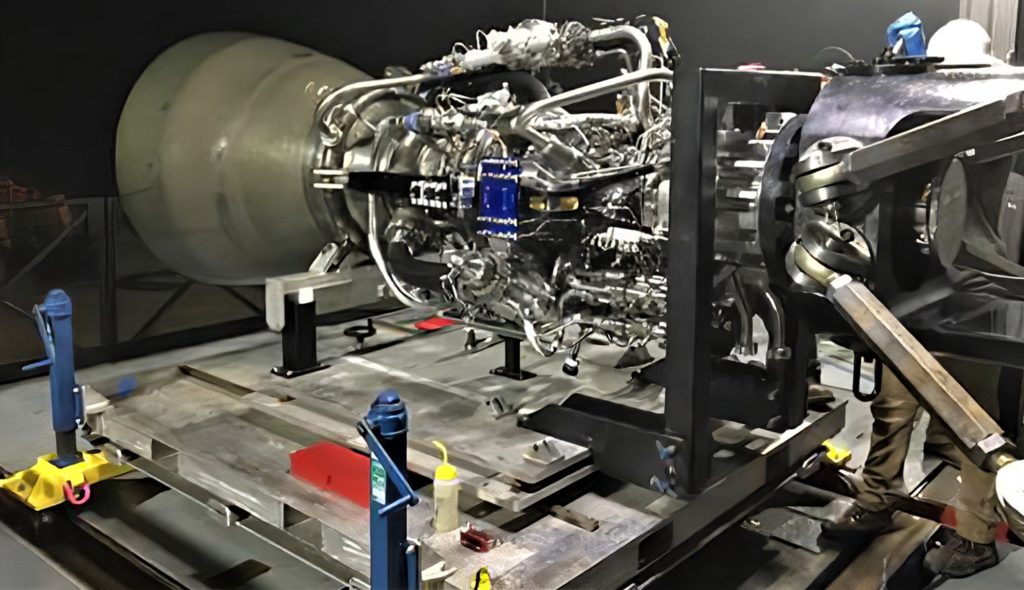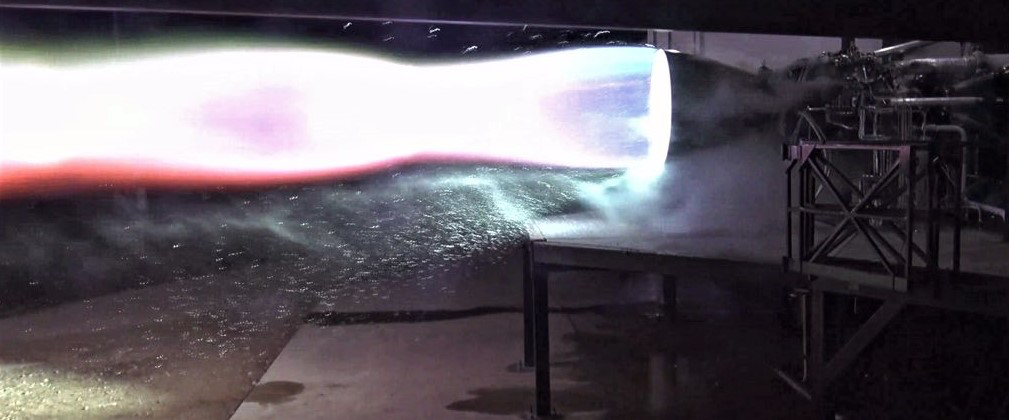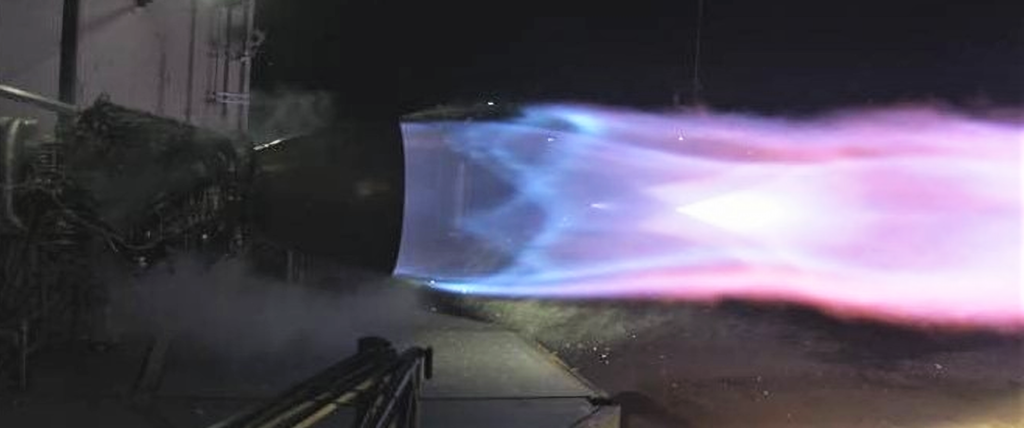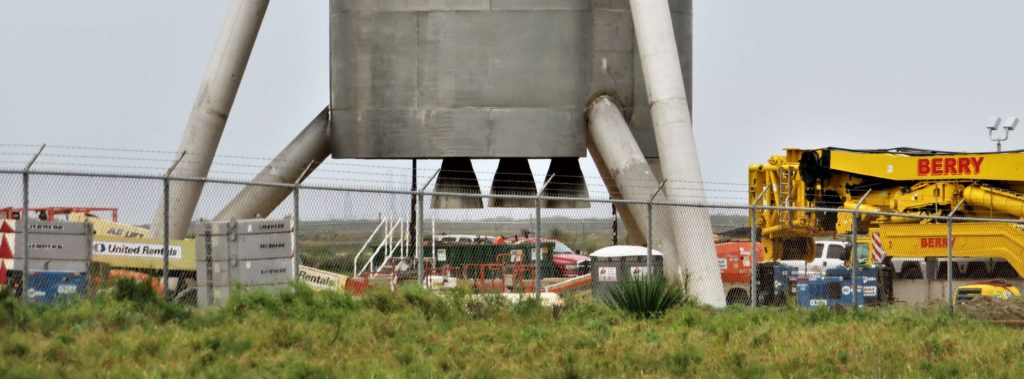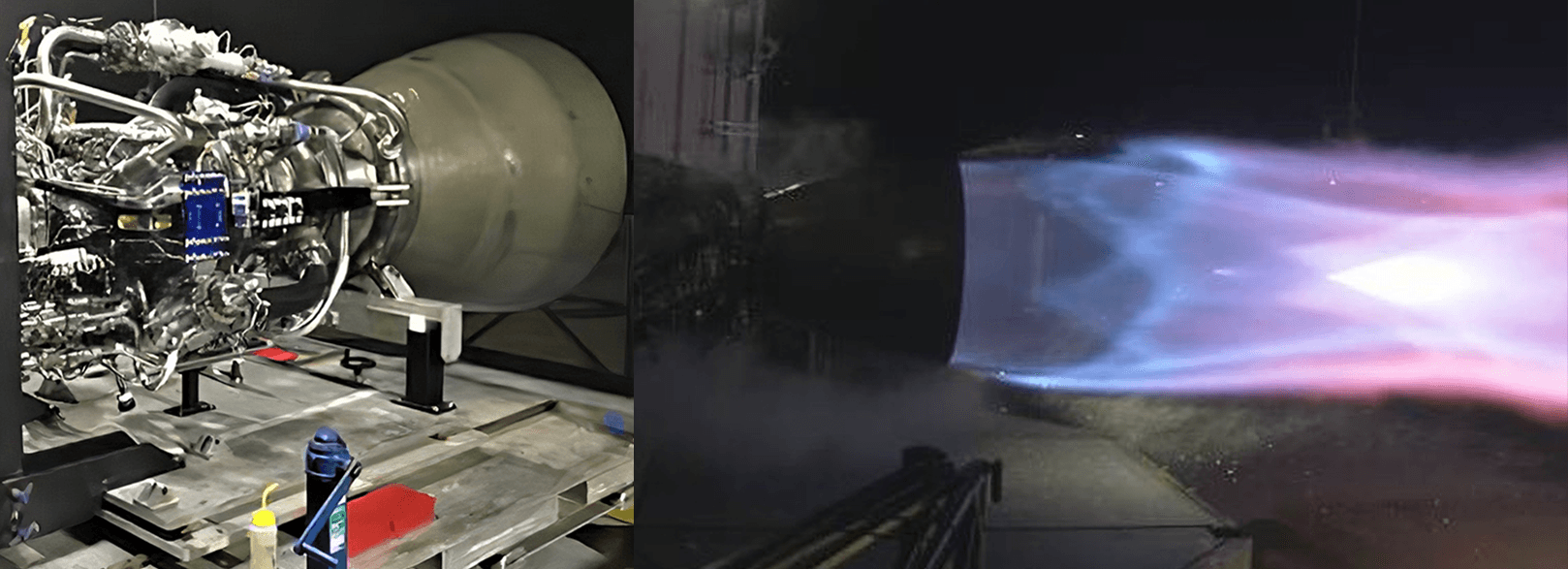
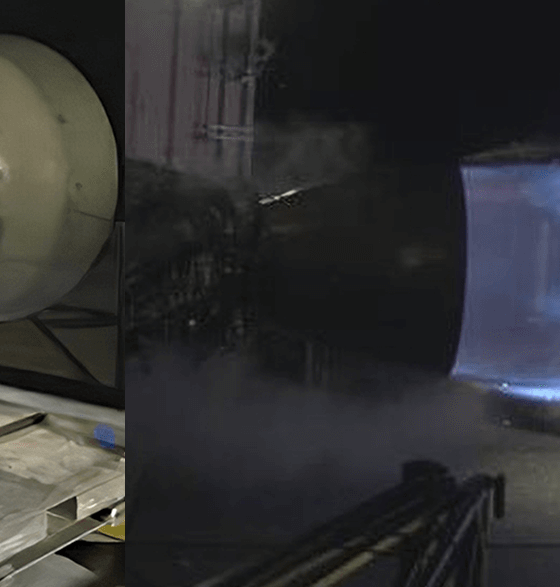
SpaceX
SpaceX’s Starship engine breaks Russian rocketry record held for two decades
SpaceX CEO Elon Musk says the company’s Raptor engine, meant to power Starship and Super Heavy, has surpassed a rocketry record held by Russian scientists and engineers for more than two decades.
Known as combustion chamber pressure, Raptor has reportedly surpassed a modern Russian engine known as the RD-180, reaching forces equivalent to one Tesla Model 3 balanced on every square inch of Raptor’s combustion chamber, the hardware directly adjacent to a rocket engine’s bell-shaped nozzle.
Raptor reached 268.9 bar today, exceeding prior record held by the awesome Russian RD-180. Great work by @SpaceX engine/test team! pic.twitter.com/yPrvO0JhyY
— Elon Musk (@elonmusk) February 11, 2019
First and foremost, it’s far too early to actually crown Raptor as the new official record-holder for combustion chamber pressure. RD-180 has been reliably flying on ULA’s Atlas V rocket with chamber pressures as high ~257.5 bar (3735 psi) since the year 2000, while Raptor has been performing subscale integrated testing for roughly two years and full-scale integrated testing for less than seven days. As such, the fact that full-scale Raptor has achieved ~269 bar (3900 psi) is an almost unbelievably impressive achievement but probably shouldn’t be used to jump to any conclusions just yet.
Thanks to the 10-20% performance boost supercool liquid methane and oxygen will bring Raptor, currently stuck using propellant just barely cold enough to remain liquid, the engine performing tests could already be made to reach its design specification of 300+ bar (4350+ psi), although Musk cautioned that he wasn’t sure Raptor would be able to survive that power in its current iteration. Nevertheless, 250 bar is apparently more than enough to operate Starship and its Super Heavy booster during most regimes of flight, although maximum thrust (and thus max chamber pressures) is probably desirable for the first minute or so after launch when gravity losses are most significant.
- CEO Elon Musk revealed the first official photos of SpaceX’s finalized Raptor engine, set to support Starship hop tests and early BFR launches. (SpaceX)
- The first finalized Raptor engine (SN01) completed a successful static fire debut on the evening of February 3rd. (SpaceX)
- SpaceX has now tested Raptor successfully at more than twice the thrust of Merlin 1D, the engine that powers Falcon 9. (SpaceX)
- Eventually, three Raptors will be installed on the first full-scale Starship prototype, currently being assembled in South Texas. (NASASpaceflight – bocachicagal.
Ultimately, the sheer speed of SpaceX’s full-scale Raptor test program is easily the most impressive and encouraging aspect of the brand new engine design. While SpaceX does tend towards testing to destruction over putting on kid-gloves around flight or development hardware, it’s safe to say that even SpaceX would avoid frivolously destroying the first full-scale Raptor after just a few dozen seconds of integrated hot-fire testing, indicating that no major red flags have cropped up since the company’s propulsion team began testing on February 3rd. In fact, Musk estimated that six separate static-fires have been performed with Raptor in the seven days since its first ignition.
I think 6 where we lit main chamber & several with only preburners
— Elon Musk (@elonmusk) February 11, 2019
As of 2017, Raptor’s McGregor, Texas test cell was fundamentally capped at test durations under 100 seconds, making comparisons difficult. Still, the best possible recent point of comparison to Raptor’s test program can be found in NASA’s series of tests of Space Shuttle engines in preparation for the Space Launch System (SLS) rocket, an expendable launch vehicle being built by Boeing, Aerojet-Rocketdyne, NGIS (formerly Orbital-ATK), and others with NASA funds. Known as RS-25 under the SLS Program, the Space Shuttle engines being test-fired by NASA have already performed multiple full-duration missions to orbit and back on the four Space Shuttle orbiters built. After half a decade in storage, they are being re-tested (effectively acceptance testing) to ensure that they are ready to be expended on SLS launches.
In the first round of 2015 tests, NASA’s Stennis Space Center test stage supported six RS-25 static-fires total, ranging from two weeks to almost five months between tests. RS-25 testing has remained on a similar schedule in 2016-2018, averaging 4-6 tests annually with no fewer than two weeks between static-fires. Given that the vast majority of those ex-Space Shuttle Main Engine tests tend to last hundreds of seconds, it’s not a perfect comparison, but it offers at least a general idea of just how incredible it is to see a groundbreaking engine like Raptor test-fired almost daily just days after it was installed on a test stand for the first time.
— Elon Musk (@elonmusk) February 4, 2019
Check out Teslarati’s newsletters for prompt updates, on-the-ground perspectives, and unique glimpses of SpaceX’s rocket launch and recovery processes!

News
SpaceX reportedly mulling IPO, eyeing largest of all time: report
“I do want to try to figure out some way for Tesla shareholders to participate in SpaceX. I’ve been giving a lot of thought to how to give people access to SpaceX stock,” Musk said.
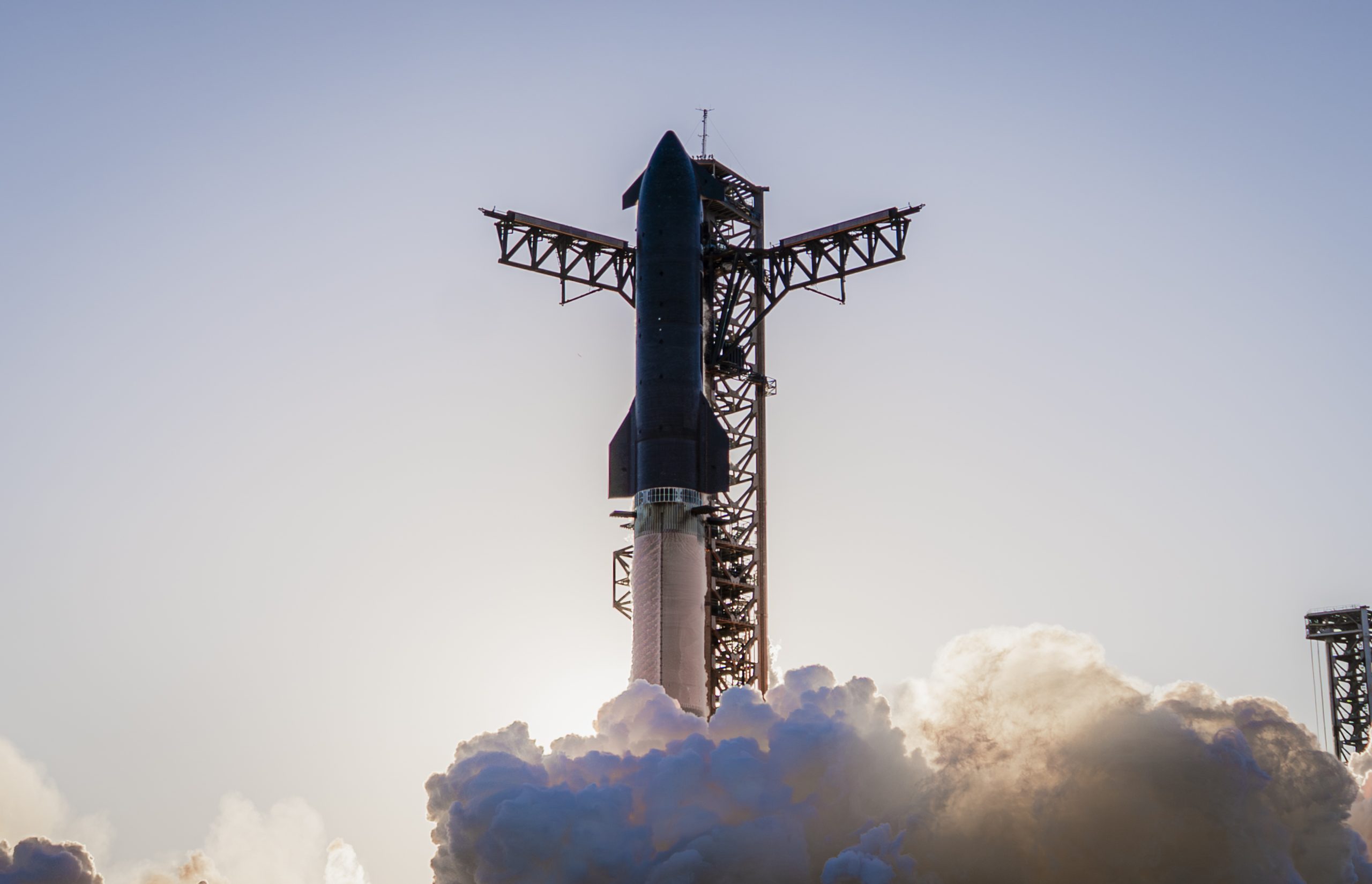
SpaceX is reportedly mulling an initial public offering, eyeing what would be the largest valuation at the time of availability of all time, a new report from Bloomberg said on Tuesday.
It is one of many reports involving one of Elon Musk’s companies and a massive market move, as this is not the first time we have seen reports of an IPO by SpaceX. Musk himself has also dispelled other reports in the past of a similar nature, including an xAI funding round.
SpaceX and Musk have yet to comment on the report. In the past, untrue reports were promptly replied to by the CEO; this has not yet gained any response, which is a good sign in terms of credibility.
However, he said just a few days ago that stories of this nature are inaccurate:
“There has been a lot of press claiming SpaceX is raising money at $800B, which is not accurate. SpaceX has been cash flow positive for many years and does periodic stock buybacks twice a year to provide liquidity for employees and investors. Valuation increments are a function of progress with Starship and Starlink and securing global direct-to-cell spectrum that greatly increases our addressable market. And one other thing that is arguably most significant by far.”
There has been a lot of press claiming @SpaceX is raising money at $800B, which is not accurate.
SpaceX has been cash flow positive for many years and does periodic stock buybacks twice a year to provide liquidity for employees and investors.
Valuation increments are a…
— Elon Musk (@elonmusk) December 6, 2025
Musk has discussed a potential IPO for SpaceX in recent months, as the November 6 shareholder meeting, as he commented on the “downsides” of having a public company, like litigation exposure, quarterly reporting pressures, and other inconveniences.
Nevertheless, Musk has also said he wants there to be a way for Tesla shareholders to get in on the action. At the meeting in early November, he said:
“I do want to try to figure out some way for Tesla shareholders to participate in SpaceX. I’ve been giving a lot of thought to how to give people access to SpaceX stock.”
Additionally, he added:
“Maybe at some point., SpaceX should become a public company despite all the downsides of being public.”
Musk has been historically reluctant to take SpaceX public, at times stating it could become a barrier to colonizing Mars. That does not mean it will not happen.
Bloomberg’s report cites multiple unidentified sources who are familiar with the matter. They indicate to the publication that SpaceX wants to go public in mid-to-late 2026, and it wants to raise $30 billion at a valuation of around $1.5 trillion.
This is not the first time SpaceX has discussed an IPO; we reported on it nine years ago. We hope it is true, as the community has spoken for a long time about having access to SpaceX stock. Legendary investor Ron Baron is one of the lucky few to be a SpaceX investor, and said it, along with Tesla, is a “lifetime investment.”
Tesla bull Ron Baron reveals $100M SpaceX investment, sees 3-5x return on TSLA
The primary driver of SpaceX’s value is Starlink, the company’s satellite internet service. Starlink contributes 60-70 percent of SpaceX’s revenue, meaning it is the primary value engine. Launch services, like Falcon 9 contracts, and the development of Starship, also play supporting roles.
News
SpaceX reaches incredible milestone with Starlink program
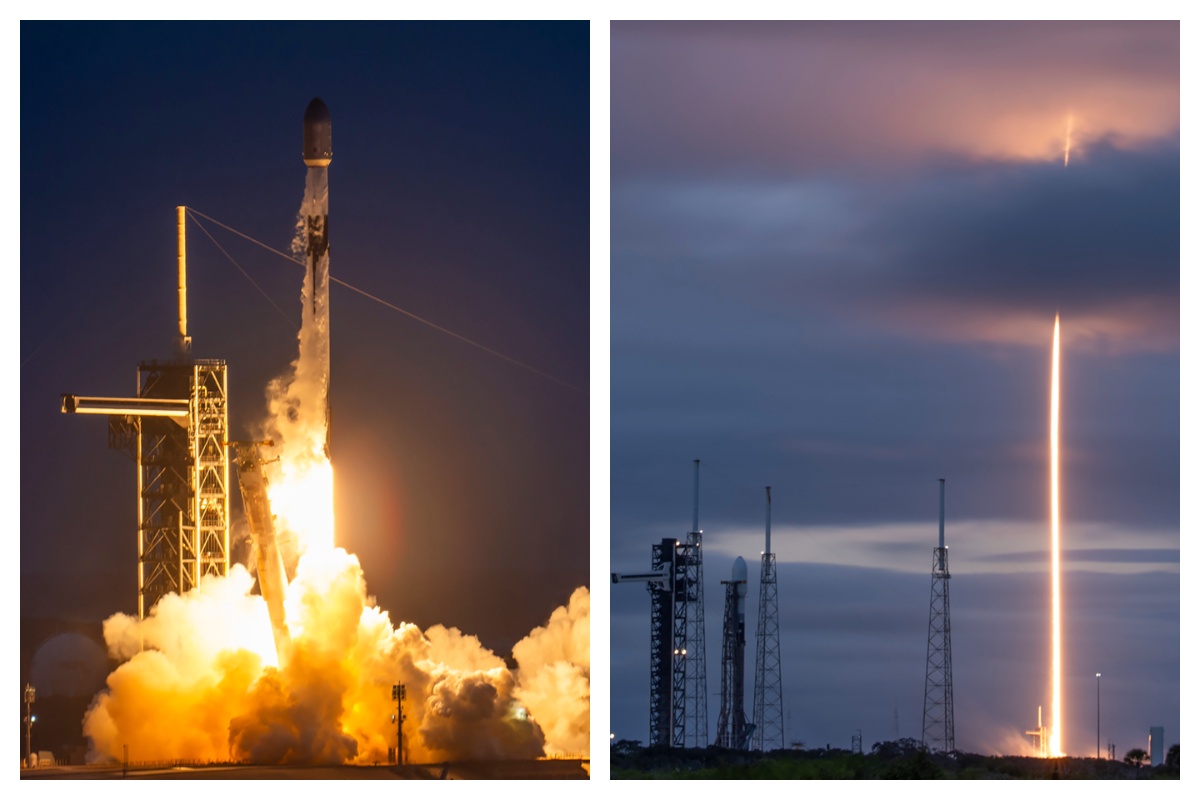
SpaceX reached an incredible milestone with its Starlink program with a launch last night, as the 3,000th satellite of the year was launched into low Earth orbit.
On Monday, SpaceX also achieved its 32nd flight with a single Falcon 9 rocket from NASA’s Kennedy Space Center.
The mission was Starlink 6-92, and it utilized the Falcon 9 B1067 for the 32nd time this year, the most-used Falcon booster. The flight delivered SpaceX’s 3000th Starlink satellite of the year, a massive achievement.
There were 29 Starlink satellites launched and deployed into LEO during this particular mission:
Falcon 9 launches 29 @Starlink satellites from Florida pic.twitter.com/utKrXjHzPN
— SpaceX (@SpaceX) December 9, 2025
SpaceX has a current goal of certifying its Falcon boosters for 40 missions apiece, according to Spaceflight Now.
The flight was the 350th orbital launch from the nearby SLC-40, and the 3,000 satellites that have been successfully launched this year continue to contribute to the company’s goal of having 12,000 satellites contributing to global internet coverage.
There are over five million users of Starlink, the latest data shows.
Following the launch and stage separation, the Falcon 9 booster completed its mission with a perfect landing on the ‘Just Read the Instructions’ droneship.
The mission was the 575th overall Falcon 9 launch, highlighting SpaceX’s operational tempo, which continues to be accelerated. The company averages two missions per week, and underscores CEO Elon Musk’s vision of a multi-planetary future, where reliable connectivity is crucial for remote work, education, and emergency response.
As Starlink expands and works toward that elusive and crucial 12,000 satellite goal, missions like 6-92 pave the way for innovations in telecommunications and enable more internet access to people across the globe.
With regulatory approvals in over 100 countries and millions of current subscribers, SpaceX continues to democratize space, proving that reusability is not just feasible, but it’s also revolutionary.
Elon Musk
Elon Musk gives nod to SpaceX’s massive, previously impossible feat
It was the booster’s 30th flight, a scenario that seemed impossible before SpaceX became a dominant force in spaceflight.

Elon Musk gave a nod to one of SpaceX’s most underrated feats today. Following the successful launch of the Transporter-15 mission, SpaceX seamlessly landed another Falcon 9 booster on a droneship in the middle of the ocean.
It was the booster’s 30th flight, a scenario that seemed impossible before SpaceX became a dominant force in spaceflight.
Elon Musk celebrates a veteran Falcon 9 booster’s feat
SpaceX completed another major milestone for its Smallsat Rideshare program on Friday, successfully launching and deploying 140 spacecraft aboard a Falcon 9 from Vandenberg Space Force Base. The mission, known as Transporter-15, lifted off two days later than planned after a scrub attributed to a ground systems issue, according to SpaceFlight Now. SpaceX confirmed that all payloads designed to separate from the rocket were deployed as planned.
The Falcon 9 used for this flight was booster B1071, one of SpaceX’s most heavily flown rockets. With its 30th mission completed, it becomes the second booster in SpaceX’s fleet to reach that milestone. B1071’s manifest includes five National Reconnaissance Office missions, NASA’s SWOT satellite, and several previous rideshare deployments, among others. Elon Musk celebrated the milestone on X, writing “30 flights of the same rocket!” in his post.
Skeptics once dismissed reusability as unfeasible
While rocket landings are routine for SpaceX today, that was not always the case. Industry veterans previously questioned whether reusable rockets could ever achieve meaningful cost savings or operational reliability, often citing the Space Shuttle’s partial reusability as evidence of failure.
In 2016, Orbital ATK’s Ben Goldberg argued during a panel that even if rockets could be reusable, they do not make a lot of sense. He took issue with Elon Musk’s claims at the time, Ars Technica reported, particularly when the SpaceX founder stated that fuel costs account for just a fraction of launch costs.
Goldberg noted that at most, studies showed only a 30% cost reduction for low-Earth orbit missions by using a reusable rocket. “You’re not going to get 100-fold. These numbers aren’t going to change by an order of magnitude. They’re just not. That’s the state of where we are today,” he said.
Former NASA official Dan Dumbacher, who oversaw the Space Launch System, expressed similar doubts in 2014, implying that if NASA couldn’t make full reusability viable, private firms like SpaceX faced steep odds.
